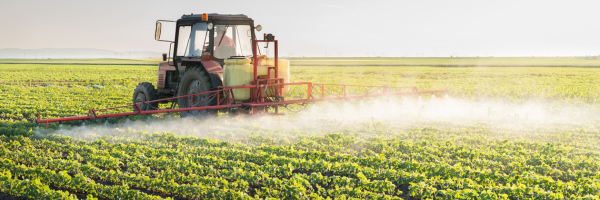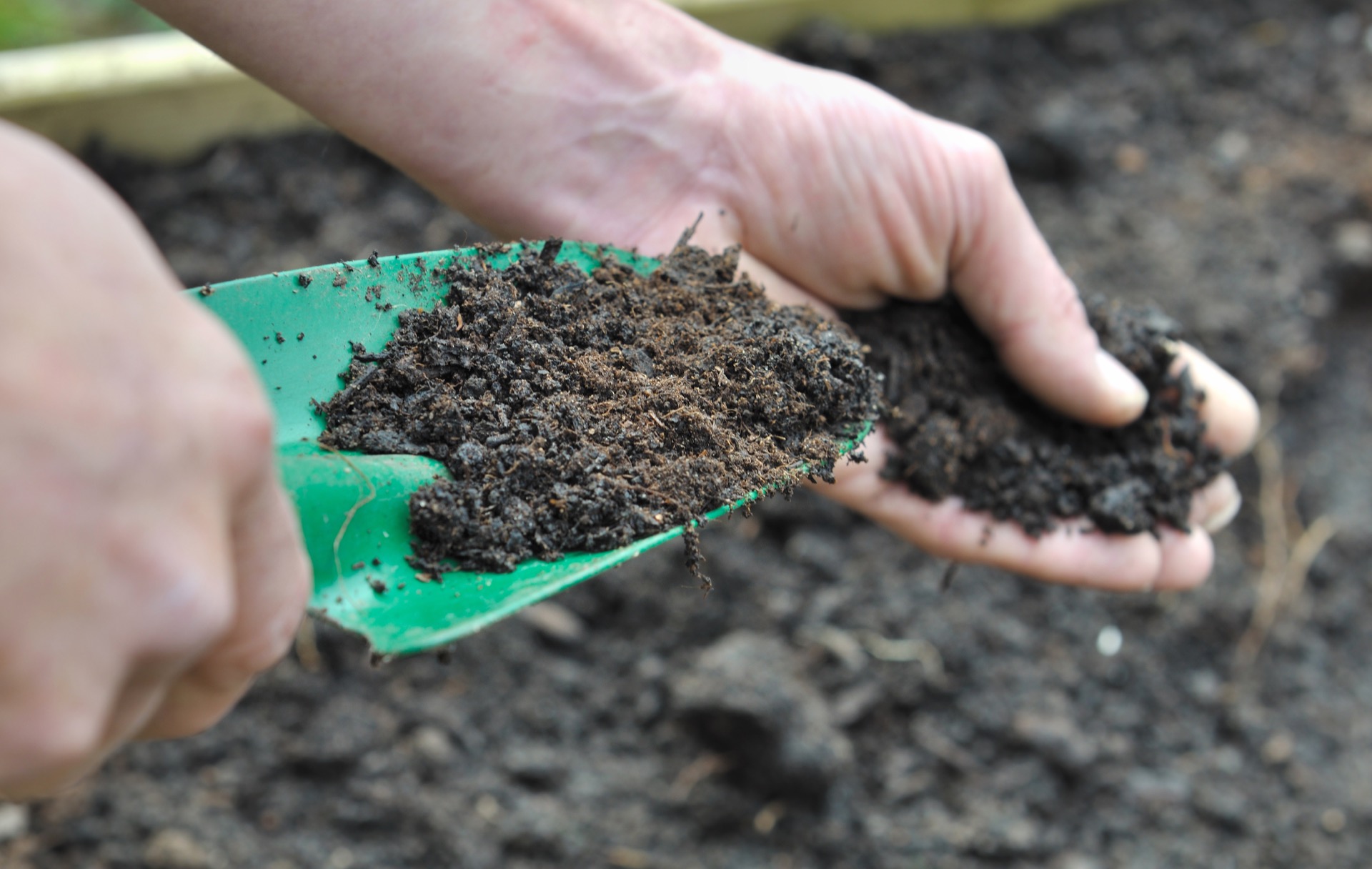
13 Feb How microbial solutions neutralise the drawbacks of knockdown herbicide use
Many farmers view knockdown herbicides as crucial for ensuring food security and sustaining their livelihoods.
Knockdown herbicides, such as glyphosate, are widely used in Australian agriculture as a cost-effective method to suppress weed growth before planting crops. They are also popular with home gardeners.
According to an Australian government website, both government and independent scientific assessments have consistently found that glyphosate “has low toxicity for humans, animals, fish, insects (including bees) and other invertebrates”.
Nurturing soil health while using knockdown herbicides for weed control
We’re not qualified to weigh into the debate about knockdown herbicides’ environmental or health impacts on people and animals.
We acknowledge that all farmers aim to minimise harm. Like most people in agriculture, we understand that chemicals should always be handled carefully, as directed. They’re best used strategically to gain the benefits with the least damage.
Using herbicides for weed suppression and control works. But there’s evidence it could hurt beneficial soil microbes.
There’s also concern about the overuse of herbicides leading to the proliferation of herbicide-resistant weed varieties.1
That’s where our microbial solutions come in.
How does our Biolink™ System support farmers while promoting human and animal health and environmental sustainability?
Employing chemical herbicides has been a convenient and effective method for farmers looking to minimise weeds.
While we know weeds pose a serious challenge, chemical inputs have the potential to damage the soil’s essential biological activity, which is important to healthy plant growth.
We recommend that after applying your chemical herbicide, you follow up with an application of one of our biological supplements to replenish biology in your soils.
Use either Biolink™ Germinator or Bio-Hum in your conventional fertiliser or Biolink™ Ignition or Bio-Hum Soil Drench in a liquid fertiliser application. (It’s that easy and convenient!)
You’ll get the weed-killing benefit of the chemical application plus the soil and plant-boosting properties of beneficial, multi-species bacteria.
This second step will help buffer the soil from any detrimental effects of the chemical application. It will help optimise yields and support a sustainable soil structure that retains moisture.
Unlocking nature’s defence – using knockdown herbicides more effectively on your farm
Balancing herbicide use with microbial-based soil stimulants has a couple of important advantages.
- There’s some evidence that growing negative public perception of herbicides and pesticides may increase consumers’ willingness to pay a premium for foods produced using lower-risk pest control methods.
- By taking a more regenerative approach, you’ll fortify your soil and plant health. The natural consequence of a healthy soil microbiome is fewer weeds, healthier plants, and increased yields.
We reckon it’s a ‘win-win’!
According to recent research in the US journal Frontiers in Soil Science:
“Microbial technologies offer novel weed management strategies that could reduce the need for herbicides.”
But natural soil regeneration can take time – time that farmers trying to make a living and manage their costs don’t have.
That’s where the Biolink™ System can help
We’ve developed our range of microbial-based fertilisers, soil stimulants and animal probiotics to help farmers achieve excellent yields without sacrificing the environment.
They speed up the process of building a healthier environment to grow crops and pastures – without the dependence on chemical inputs.
If you need advice on managing your soil for more profitable outcomes, get in touch.



